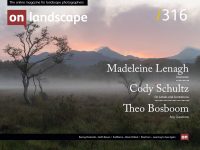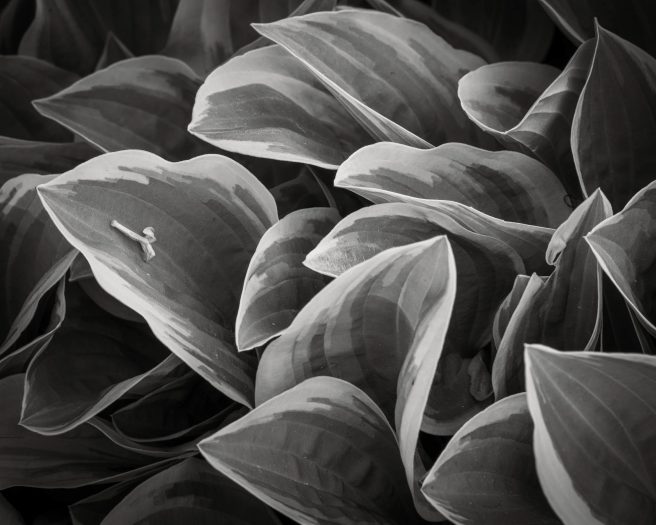The Importance of Creative Freedom

Cody Schultz
Although it was not until 2014 when I bought my first “professional” camera, I believe a part of me has always loved photography. I remember constantly taking pictures around the house, of my family, of our vacations, and especially of Jazmine, my family’s dog. At first, I had thought that landscape photography was boring, not understanding why someone would want to wait hours on end in a single location, just to end up going home empty-handed. Yet in 2016, I found myself doing exactly that. I found myself going on long hikes with my girlfriend, sweating and panting as we walked up steep hills to various waterfalls, often coming home only to realize that none of the photographs I took were portfolio-worthy. The memories shared, however, made it so much more worthwhile than any photograph ever could. And that, I truly believe, is why landscape photography is so special.
You have no responsibility to live up to what other people think you ought to accomplish. I have no responsibility to be like they expect me to be. It’s their mistake, not my failing.~Richard Feynman
We are like shop windows in which we are continually arranging, concealing or illuminating the supposed qualities others ascribe to us—in order to deceive ourselves.~Friedrich Nietzsche
For the longest time, I have forced upon myself a label, a classification, specifically revolving around the type of art I create. Even calling what I make “art” places a name upon my creations and differentiates my work from photography, writing, etc. Through the use of a label, we distance ourselves from some while becoming closer to others. This is something we do in every aspect of life, not just creative outlets. Take gender, for example. Already a hot-button topic, the labels of male and female are, at their very core, just that: names we give ourselves to differentiate us from them. Normally, this doesn’t lead to much issue, but when the waters get muddy, people begin to raise concerns.
This is also why people get so hung-up on those utilizing artificial intelligence (AI) calling themselves “artists” or “photographers.” In truth, these individuals are more akin to curators, but at the end of the day, as we will conclude, the use of labels means little. By definition of both art and photography, the creations as made by AI are neither: they are not “the expression or application of human creative skill and imagination” (as the Oxford Dictionary defines art) or “the art or process of producing images by the action of radiant energy and especially light on a sensitive surface (such as film or an optical sensor) (as the Merriam-Webster Dictionary defines photography). That said, the degree to which we toil over definitions is an individual choice. The most important question, at the end of the day, is how much time you wish to spend not creating.
What is Landscape (Photography)?
Let us consider the label of landscape photographer, a classification that many freely embrace. When you think of this genre, what comes to mind? Perhaps you picture a scenic vista, like the Grand Canyon or a mountain range at sunset. Maybe you think of a waterfall tucked deep in the forest, illuminated by the soft light of blue hour. What I bet you didn’t imagine, however, was a scene including manmade elements, nor did you place an animal as the primary subject, though both subject types appear semi-regularly. Why is this?


